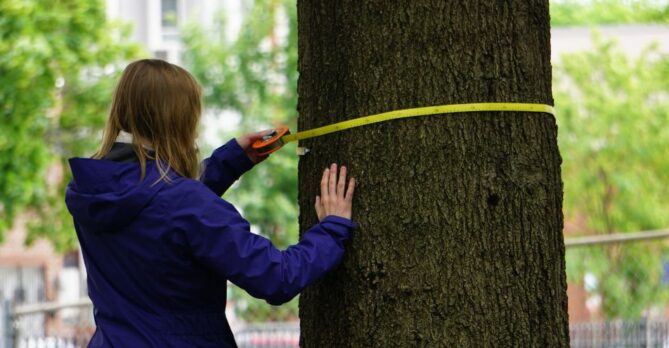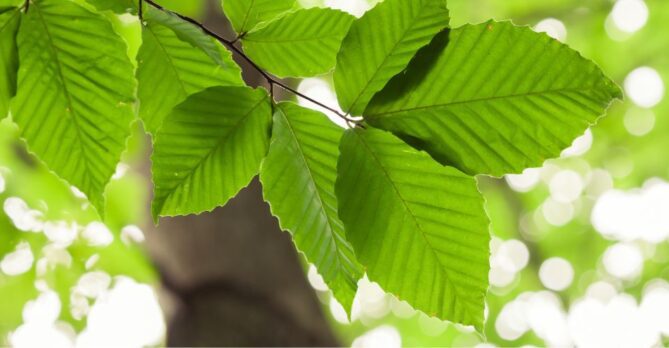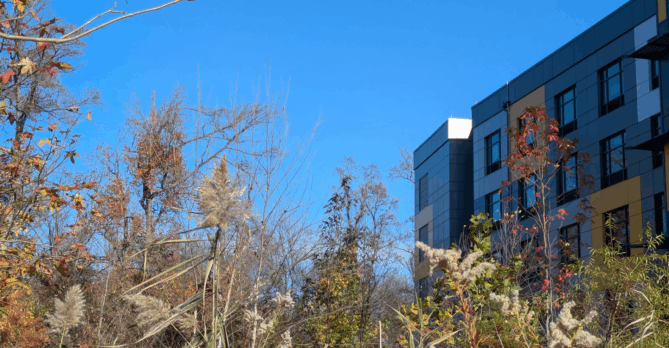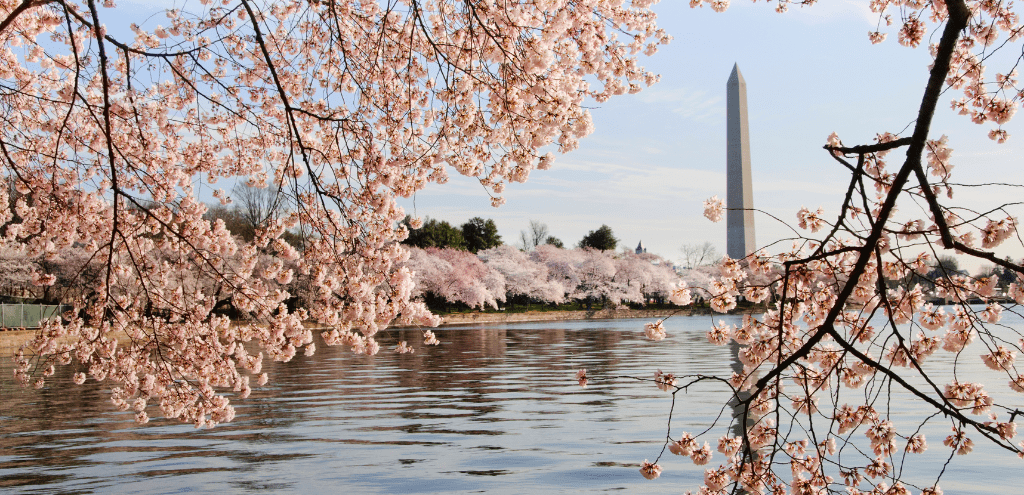
Every year, cherry blossom season signals the start of longer, warmer days in our nation’s capital with a burst of life and color. A gift from Japan in 1912, cherry trees have been a cultural and economic pillar in the district for decades—symbolizing renewal, friendship, and the beginning of spring.
And while peak bloom timing has fluctuated over the past 100 years, climate change is undeniably making an impact.
Warmer Temperatures Means Earlier Blooms
Since 1921, the National Park Service (NPS) has carefully recorded the peak bloom date for the Yoshino cherry trees around the Tidal Basin. And the data speaks for itself: Peak bloom has shifted earlier by roughly eight days over the past 100 years. This year, peak bloom is forecast for March 28-31.
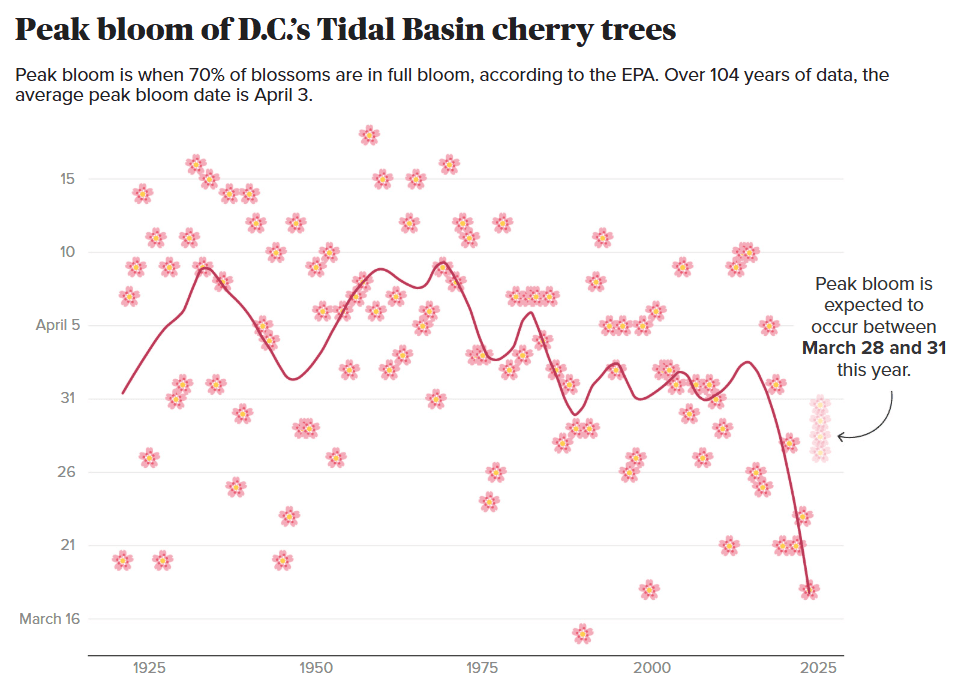
Records from Japan go back even further to 812 AD, underlining their historical and cultural significance. In 2021, Hiroshima recorded its earliest peak bloom date in 1,200 years.
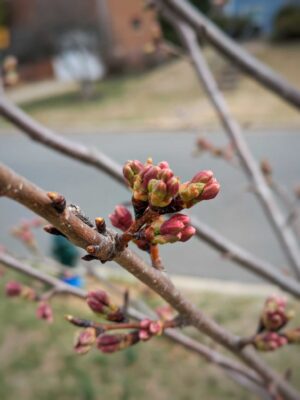
Despite spanning time zones and oceans, the cherry blossoms in DC and Hiroshima tell the same story. Warmer temperatures and changing weather patterns have triggered earlier and more sporadic bloom seasons.
What does that mean for our environment? Early blooming throws off the natural life cycles between the trees and the pollinators that rely on them, like birds and insects. This disruption can cause migratory wildlife to miss the window to find a reliable food source.
The Tidal Basin faces greater challenges. Rising sea levels have caused significant flooding during heavy rains, drowning root systems and killing cherry trees. To address this, the NPS, which manages the Tidal Basin area, is leading a project to repair and expand the sea wall to protect our city’s beloved Yoshino cherries.
Where to Find Cherry Blossoms in Washington, DC
If you want to explore beyond the Tidal Basin, check out our Cherry Blossom Map below. Our experts compiled all 11 varieties of cherry trees in one place, including the over 3,000 cherry trees that the Casey Trees team has planted in parks and other public spaces across DC.
So, from Oxon Run Park to East Potomac Park, you can enjoy the wonder of DC’s cherry blossoms with or without the crowds. (This map is better viewed in a new browser window for full functionality. Visit caseytrees.org/cherry-map.)
For generations, these blooms have symbolized hope and the cyclical nature of life. Now, as climate change alters their patterns, they demonstrate how our environment is changing and the importance of protecting it.
